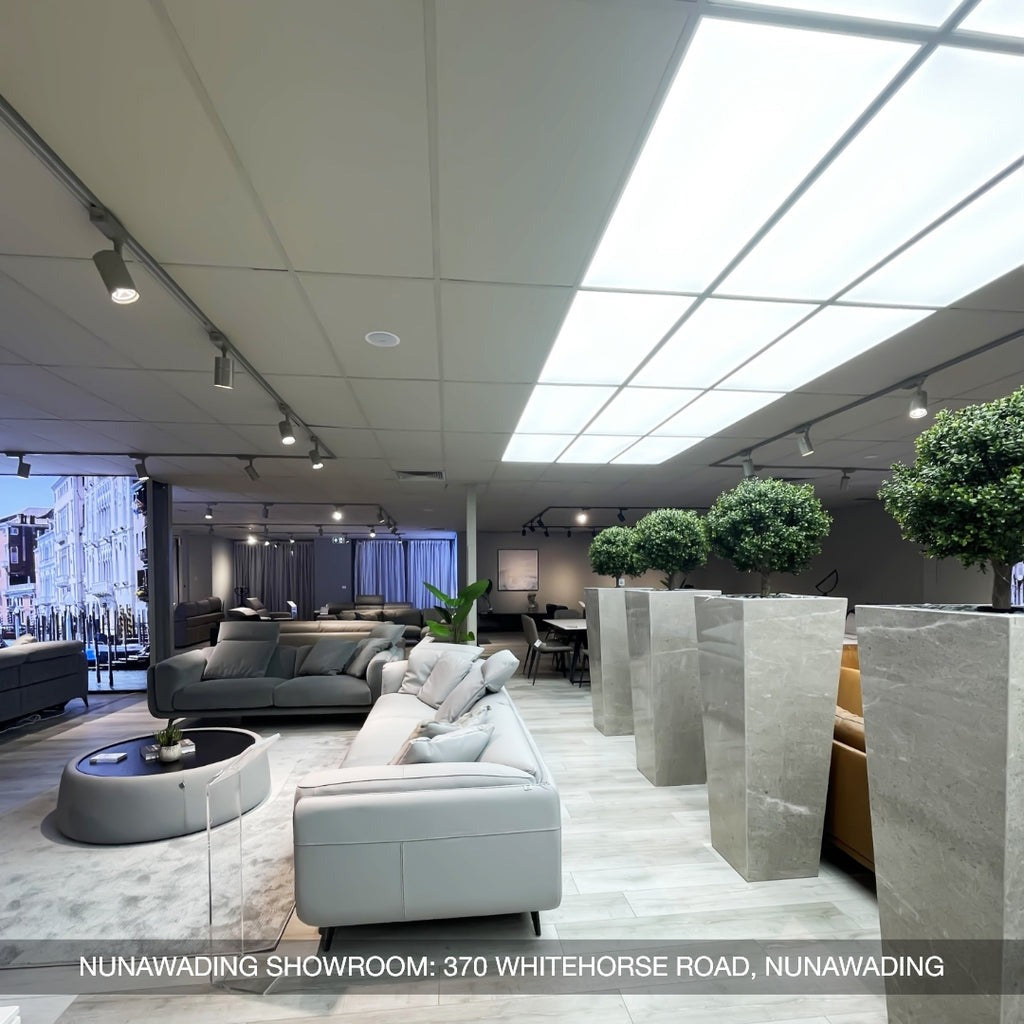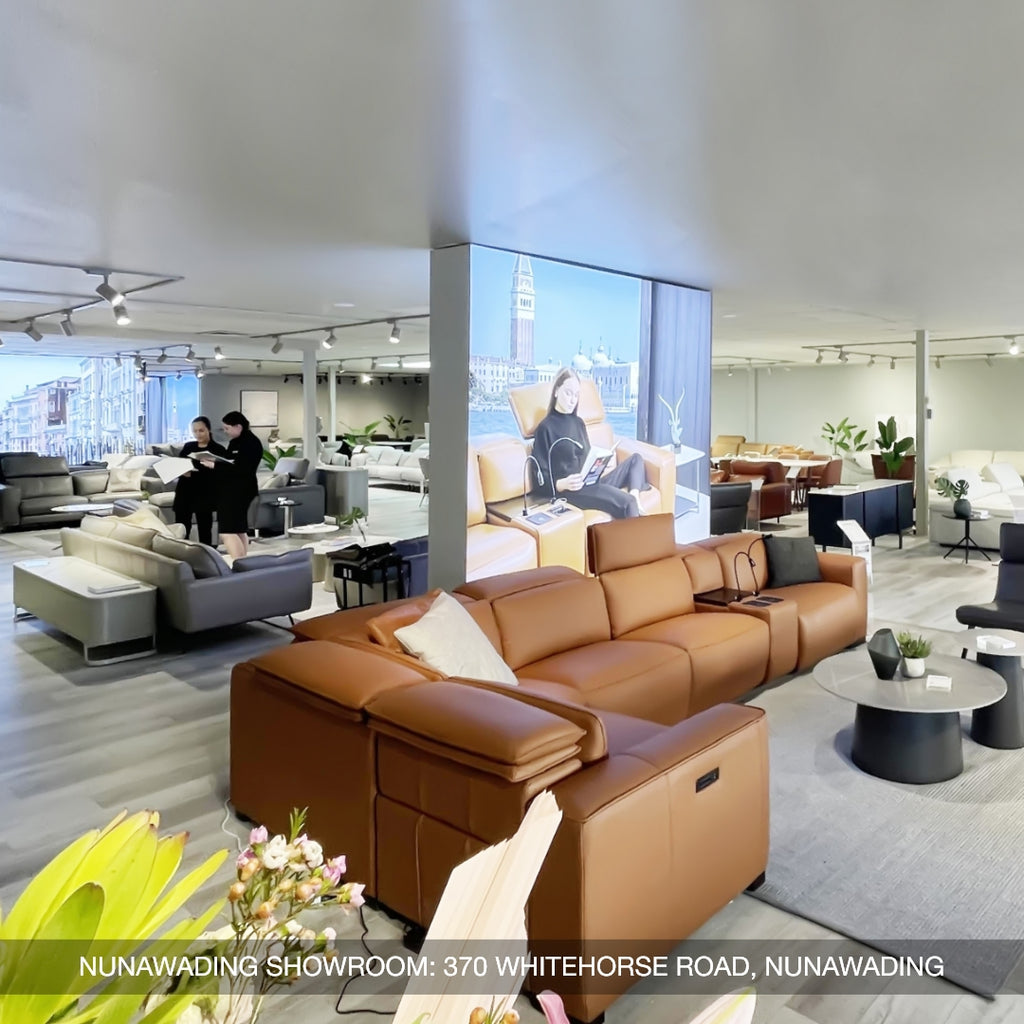The exploration of "Sofa vs Couch: What Is the Difference?" unravels the intriguing nuances between these two common yet distinct pieces of furniture. As we delve into the realm of sofa vs couch, the quest for a clear definition becomes paramount. The sofa vs couch definition serves as the foundational backdrop, setting the stage for an insightful journey into the subtle disparities in design, structure, and connotations. This discourse aims to unravel the age-old debate surrounding these seating essentials, shedding light on their unique characteristics and inviting a broader understanding of the nuanced choices that define our living spaces.
Difference Between Sofa And Couch
Design Characteristics
Design Characteristics
The distinction between a sofa and a couch goes beyond mere nomenclature, delving into subtle yet significant differences in design, functionality, and even cultural nuances. Design characteristics stand out as the primary differentiator between the two. Sofas typically feature more structured, upholstered arms and backs, exuding a larger and more formal presence. On the other hand, couches tend to embrace a more casual and versatile design, often with softer lines and the possibility of lacking arms. This divergence in design is not merely aesthetic; it influences the overall atmosphere and purpose each piece serves within a living space.

Functionality Differences
Functionality differences also contribute to the sofa vs couch debate. Sofas, with their larger and more structured form, are often chosen for formal living rooms or family spaces, serving as prominent design features. In contrast, couches find their niche in smaller, more casual areas like dens, bedrooms, or playrooms, offering a relaxed seating option for everyday use. This functionality factor extends to the comfort and utilization of the furniture, influencing the overall dynamic of the room based on the specific needs and activities in that space.
Size
When discerning the difference between a couch and a sofa, the size factor plays a substantial role. The disparity is evident in the dimensions, and it's not just about semantics. A contemporary sofa set is designed with a primary focus on providing ample seating area, translating into a need for additional floor space. Generally accommodating four individuals comfortably, sofas may vary in size, with larger versions suitable for spacious mansions. In contrast, a couch, a somewhat smaller counterpart, typically accommodates two to three people. Notably, in smaller households, sofas often serve a dual purpose by incorporating a pull-out bed, amplifying their functionality.
Position
The position of these pieces within a living space further distinguishes them. Formal sofas take center stage in areas where meaningful conversations unfold, such as the family or living room or in open-floor arrangements designed for entertaining guests. Complemented by elegant coffee tables or TV consoles, sofas contribute to creating an inviting ambiance. In contrast, couches find their place in more personal or cozier settings within the household, making them a perfect fit for shared spaces like the living room, where a warm and laid-back ambiance is desired.

Cultural And Regional Variances
Moreover, the disparities between sofas and couches exhibit cultural and regional variances, reflecting diverse preferences and interpretations of these essential pieces of furniture. The terms "sofa" and "couch" may be used interchangeably in some regions, while in others, a clear distinction exists. Understanding these cultural nuances is essential, as it not only adds depth to the ongoing sofa vs couch dialogue but also showcases the dynamic interplay between design, functionality, and cultural influences in shaping our living spaces.
Sofa Vs. Couch - Which One The Best Choice For You Home
The decision between a sofa and a couch hinges on various factors tailored to your home's unique characteristics and your lifestyle preferences. If you prioritize a more formal and sophisticated ambiance in larger living or family rooms, a sofa may be the optimal choice. Sofas, distinguished by their structured design, upholstered arms, and often larger size, make a statement in such settings, providing a refined focal point for gatherings and entertaining.

Conversely, if you're furnishing a cozier or more casual space like a den, bedroom, or smaller living room, a couch could be the better fit. Couches are celebrated for their versatile and laid-back design, creating a more relaxed atmosphere. The choice ultimately boils down to the size of your space, the level of formality you seek, and your daily lifestyle. Consider whether you want a piece that exudes sophistication and formality or one that promotes comfort and relaxation. By aligning your choice with the specific needs and aesthetics of each room, you'll ensure that your furniture not only meets practical requirements but also harmonizes seamlessly with the overall design and feel of your home.
What Considerations Should I Keep In Mind Before Buying A Sofa Or Couch?
How Much Available Space Do You Have For A Sofa?
How Much Available Space Do You Have For A Sofa?
The choice of a sofa significantly impacts the overall feel of a room, making it imperative to consider the available space meticulously. A piece of furniture that's either too large or too small can disrupt the visual balance, creating a sense of overcrowding or emptiness. Begin your selection process by evaluating the dimensions of the room. If you're replacing an existing sofa, measure its current footprint to use as a reference while exploring new options. Employing painter's tape, mark the prospective sofa's footprint on the floor to visualize how it will fit within the space. This strategic approach ensures that the chosen sofa seamlessly integrates into the room, both functionally and aesthetically.
What Specific Requirements Do You Have For Your Sofa?
Understanding the intended use of your sofa is crucial to selecting the perfect piece that aligns with your lifestyle. Consider whether your sofa needs to serve a dual purpose, such as accommodating guests for overnight stays. In such cases, pull-out sofas or divans that can double as guest beds present practical choices. Reflect on your daily activities – do you enjoy reclining, or do you need built-in features like charging ports for phones and tablets? Modern sofas offer a range of functionalities, from reclining options to integrated technology features like reading lights, cup holders, and in-arm storage. By assessing your specific needs, you can ensure that your chosen sofa not only enhances comfort but also complements your lifestyle seamlessly.

Are There Pets And/Or Children In Your Household?
For households with pets and children, selecting the right upholstery becomes paramount. Kids and pets can subject a sofa to wear and tear, making it essential to opt for fabrics that are resistant to punctures and scratches. Choose upholstery that is easy to wipe clean, providing a practical solution for unexpected spills and messes. Factor in your budget when considering the durability of the upholstery, especially if you have small children or pets prone to chewing. While a custom leather sofa may be a luxury, a more cost-effective microfiber option not only ensures easy cleaning but also alleviates the stress of potential mishaps. This thoughtful consideration of upholstery aligns with the realities of family life, providing both functionality and peace of mind.
Budget Considerations
Budget considerations are pivotal. Sofas, boasting intricate designs and expansive sizes, are frequently associated with higher price points, a testament to the craftsmanship and materials invested. On the flip side, couches emerge as a budget-friendly alternative, providing an appealing choice for those seeking cost-effective seating solutions without compromising on style or comfort. This nuanced difference in pricing reflects the balance between aesthetic preferences and financial constraints, allowing individuals to make informed choices that align with both their design aspirations and budgetary considerations.
Conclusion
In conclusion, exploring the distinctions between sofas and couches unravels a nuanced tapestry of design, functionality, and cultural influences. The sofa vs couch debate extends beyond semantics, delving into factors like size, formality, and regional variations. Additionally, sectional vs modular sofas introduce new dimensions, offering diverse seating arrangements. The subtleties of sofa vs settee add a touch of historical charm to the discourse, reflecting on the evolution of these pieces. As we navigate the multifaceted world of furniture, understanding the differences between sofa vs couch becomes essential, guiding choices that not only complement individual tastes but also contribute to the harmonious aesthetics of diverse living spaces.





